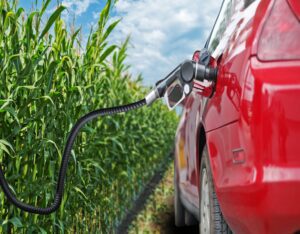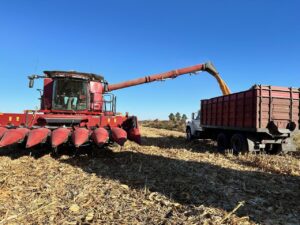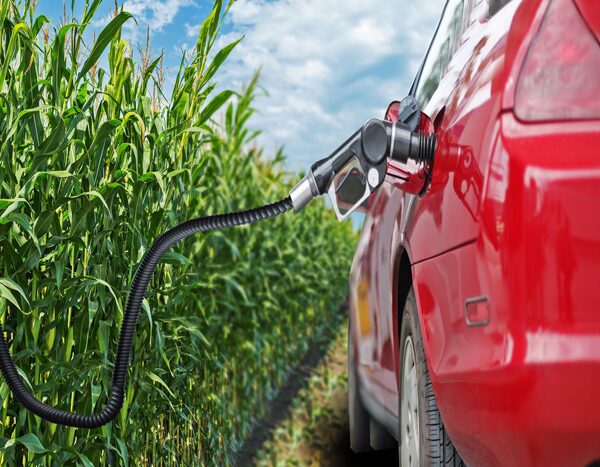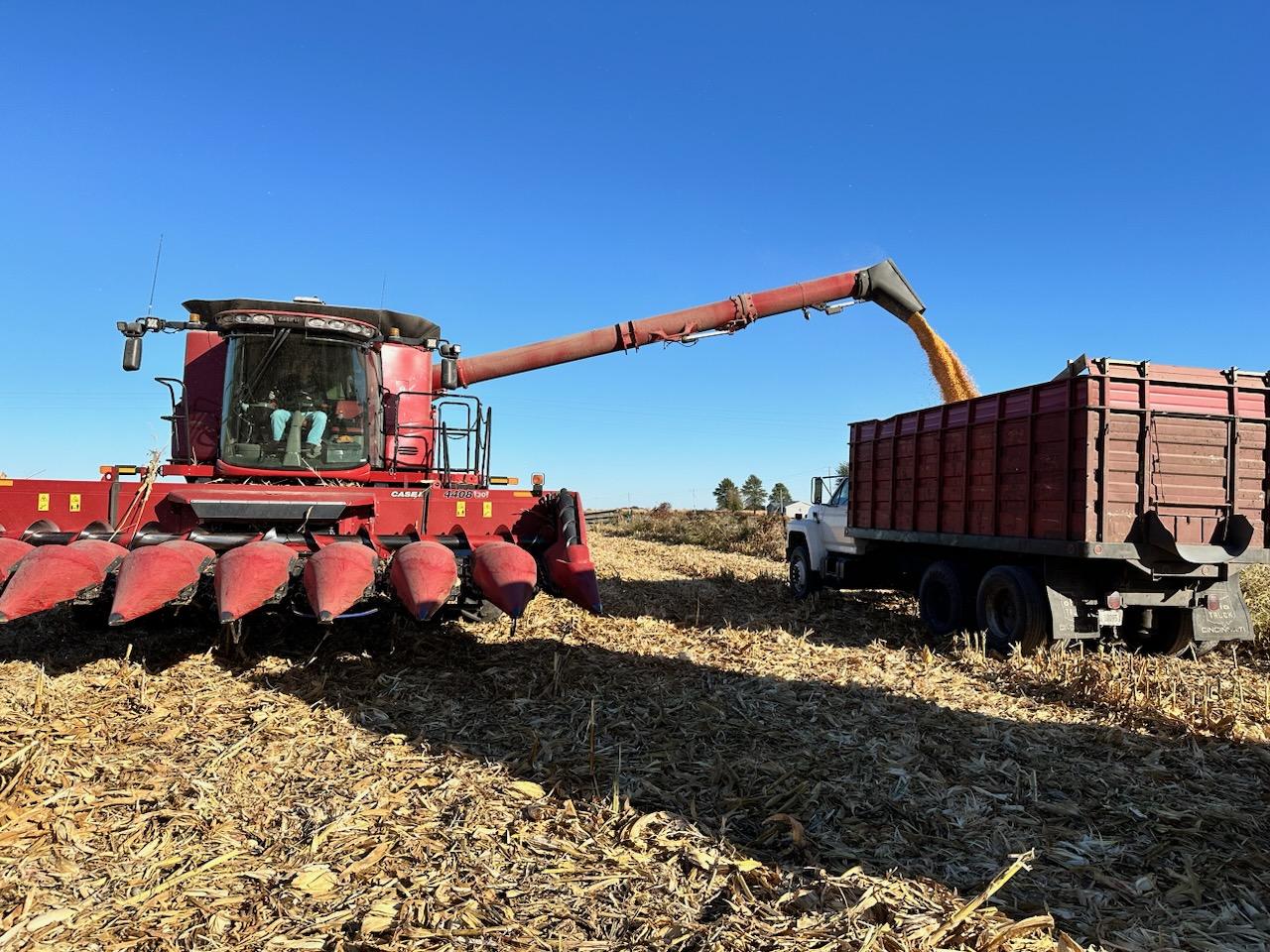The U.S Department of Agriculture (USDA) released A General Assessment of the Role of Agriculture and Forestry in the U.S. Carbon Markets (PDF, 1.3 MB), a comprehensive look at current market activity, barriers to participation, and opportunities to improve access to carbon markets for farmers and forest landowners. The report is the first of USDA’s deliverables under the Growing Climate Solutions Act (GCSA), which was signed into law on December 29, 2022, as part of the Consolidated Appropriations Act of 2023.
“The Biden-Harris Administration is working aggressively to ensure farmers, ranchers, forest landowners, and tribal communities have opportunities to be part of the solution to climate change, all while cultivating new revenue streams and fostering investment in rural communities,” said Agriculture Secretary Tom Vilsack. “This landmark report demonstrates both the potential and the challenges that carbon markets present for agriculture and forestry.”
As part of a broader effort to combat climate change, carbon markets offer a promising tool to achieve net-zero emissions. Farmers, ranchers, and forest landowners can generate carbon credits by adopting practices to reduce emissions or sequester carbon on their land, and carbon markets may provide them new income opportunities through carbon credit sales. Purchasing these carbon credits may also help companies achieve voluntary greenhouse gas reduction goals.
Today’s report identifies a variety of barriers that have hindered the participation of agriculture in these markets. Among other things, farmers face limited returns on investment due to high transaction costs in carbon markets, including the costs of greenhouse gas quantification, verification, and reporting. However, a clear assessment of these barriers gives federal agencies, scientists, farmers and other partners valuable insight into what kinds of solutions can facilitate increased and more beneficial participation by farmers.
USDA is taking a hard look at how to foster additional confidence and landowner participation in carbon markets. Ensuring the climate benefits represented in these transactions are credible and supported by sound science is essential to making carbon markets work. Earlier this year, USDA also announced the investment of $300 million through President Biden’s Investing in America agenda to improve measurement, monitoring, reporting and verification of greenhouse gas emissions and carbon sequestration in climate-smart agriculture and forestry. This work is critical for enhancing the implementation of climate-smart conservation activities as well as strengthening carbon market opportunities.
Following release of the assessment, the next step in implementing the GCSA is for USDA to make a determination regarding whether to establish the Greenhouse Gas Technical Assistance Provider and Third-Party Verifier Program, which would facilitate better technical assistance to producers interested in participating in carbon markets, as well as a process to register market verifiers.
This report builds on and complements other components of the Biden-Harris Administration’s work to help farmers mitigate climate change and enhance resilience of their operations, while also capitalizing on demand for climate-smart agricultural products.
USDA also recently reported on swift implementation of President Biden’s Inflation Reduction Act, which is the nation’s largest-ever investment to combat climate change. The Inflation Reduction Act made nearly $20 billion available over five years for some of USDA’s most popular conservation programs, and USDA has received three times the demand for the Fiscal Year 2023 funding. As a result of the historic climate investments made by the Inflation Reduction Act, USDA also announced funding for a new program to help underserved and small acreage forest landowners connect to emerging voluntary carbon markets in August 2023.
USDA touches the lives of all Americans each day in so many positive ways. Under the Biden-Harris Administration, USDA is transforming America’s food system with a greater focus on more resilient local and regional food production, fairer markets for all producers, ensuring access to safe, healthy and nutritious food in all communities, building new markets and streams of income for farmers and producers using climate-smart food and forestry practices, making historic investments in infrastructure and clean energy capabilities in rural America, and committing to equity across the Department by removing systemic barriers and building a workforce more representative of America. To learn more, visit www.usda.gov.
***Courtesy of the U.S. Department of Agriculture***












